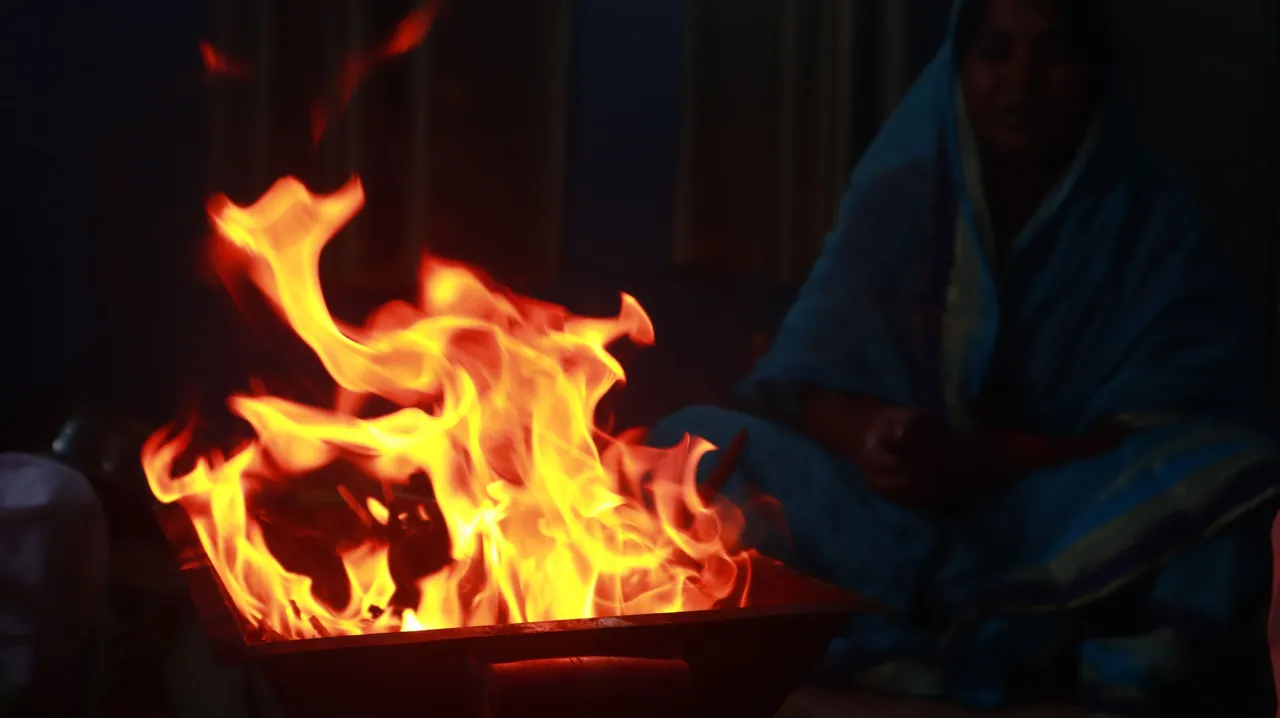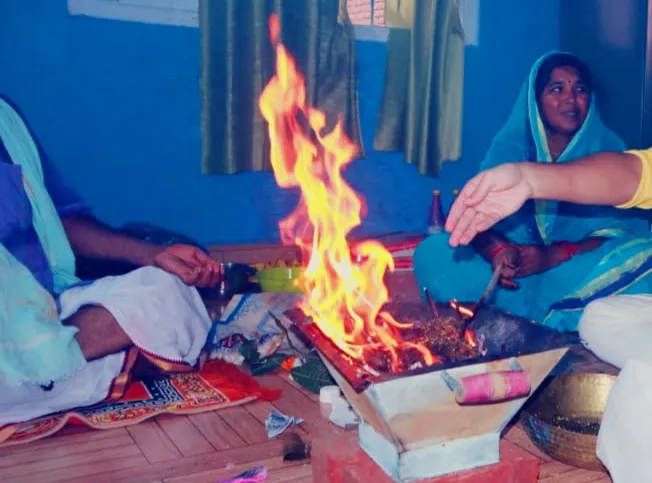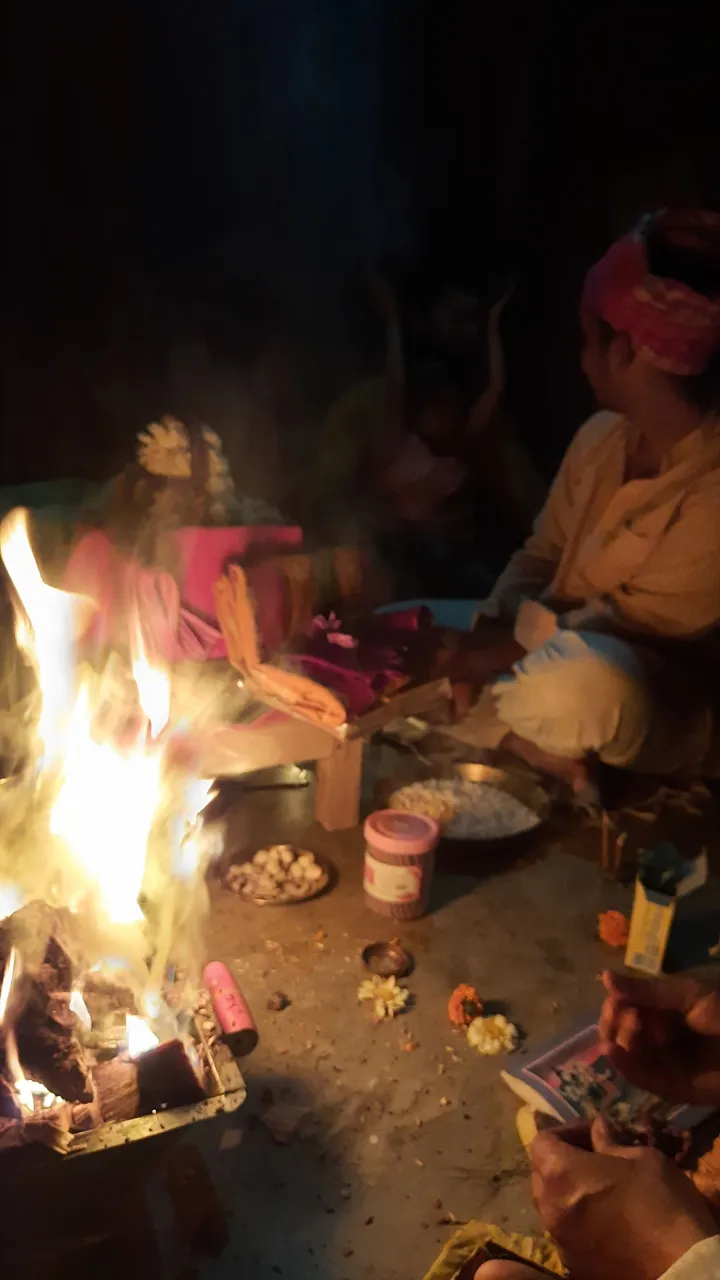When it comes about rituals, I don't think, there would be any other place than India, where everything depends upon certain rituals. Be it any family, caste or religion they do have their own kind of rituals for every ocassion. From the birth of a child, to the death, from wedding to owning a new house. There would be many kind of rituals that would certainly make things quite blissful and peaceful.
Bringing up and letting the world knows about so many indian rituals process is not an easy things, however, @ecotrain comes up with the QOTW-sharing a rituals I love to share a rituals that were very common for everyone among Indians.
The rituals is called HAVAN known as homa or homam, without which no puja is over.

Havan, or you may call it Yajna, is an age old practice and an important part of Vedic rituals in which people put on a fire using a pious wooden pieces, usually the Mango sticks in the center and make offerings along with chantings of mantras. This is done to please a god/goddess and/or achieve a certain objective. This is done right after completing all the worshiping process.

This is an important ritual in Hinduism as well as modern Buddhism and Jainism. The procedure and the offerings may vary, depending on the occasion or intention. is believed that the regular practice of havan brings purification and transformation to the individual and the environment.
HAVAN is performed by putting havan samagri into the havan kund. Havan samagri are generally available in markets and contains
Ayurvedic havan exotic herbs, Black til, Jo, 32 types of dhoop, Bhimseni kapoor, rose petals, sandalwood powder, lobaan, ghee, Agarbatti, chandan, and tumeric.*
How Havan Performed?
All kind of havan is performed by chanting of certain Mantras. These may vary, but the the most common one is Gayatri Mantra
“Aum Bhur Bhuvah Swah, Tat Savitur Varenyam
Bhargo Devasya Dhimahi, Dhiyo Yo Nah Prachodayat”
The chantings were done by the Priest, and then he asked the worshiper to put certain ingredients (havan samagri) and ghee on the havan with sounds Swaha. Chants of Gayatri mantra and adding word Swaha is common practice and with every count the worshiper offer ghee with a spoon into havan kund and ask other family members to add a pinch of Havan samagri from right-hand finger avoid using forefinger.
The chantings can be done in 51 or 108 times. And at the end of tge specified counts, a coconut filled with ghee is offered and Havan is concluded with Arati.

You might be amazed to know that even science believes that the smoke originates from the Havan kund is pure and helps in cleaning the environment. Havan is the best way to purify the air and produce oxygen, which would be a big positive in the current scenario. The use of cow ghee in Havan is especially helps in cleaning the environments.

This is far better practices considering, Indian vedic tradional approach was always been applauded and acknowledged by many countries, around the world, so having all these practices and rituals does help humans to find blissful and serene feelings and helps in sustainable living.
@eco-alex coming up with this question right during Maha Shivratri, giving me a reason to think, that you might be pretty aware of these practices. Anyhow, I just tried to elaborate the rituals with some original pictures from few Havan ceremony.
